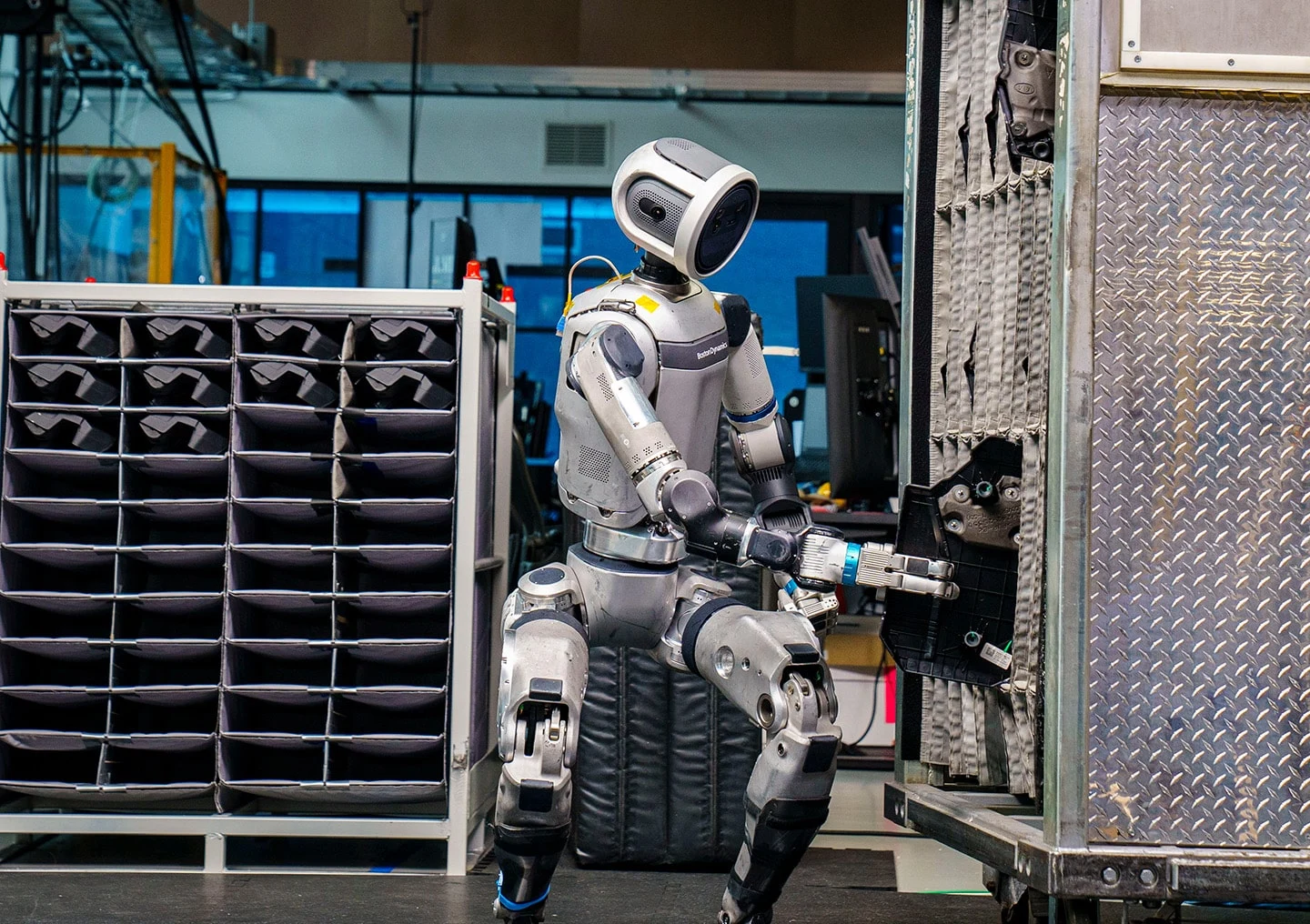Key Takeaways
1. MIT’s new imaging system, mmNorm, uses millimeter-wave signals to see through materials like cardboard and plastic, providing robots with ‘X-ray vision’.
2. mmNorm represents a major advancement over traditional radar, allowing for detailed 3D reconstructions of hidden objects rather than just rough outlines.
3. The system achieved 96% accuracy in reconstructing complex objects, significantly improving upon previous techniques.
4. Potential applications include augmented reality for factory workers and improved airport security scanners for clearer imaging of concealed items.
5. Ongoing research aims to enhance the system’s capabilities, particularly in seeing through metal and thick barriers.
A new imaging system created at the Massachusetts Institute of Technology (MIT) might soon provide robots with a type of ‘X-ray vision’. This innovative technology, named mmNorm, uses millimeter-wave (mmWave) signals, which are similar to those found in Wi-Fi and 5G, to look through materials like cardboard, plastic, and even interior walls. It can accurately reconstruct the shapes of objects that are not visible.
Advancements Beyond Traditional Radar
This marks a significant advancement over conventional radar systems, which can identify where an object is but only gives rough outlines. The team at MIT made a breakthrough by examining how surfaces bounce back wireless signals, much like a mirror reflects light. By capturing these reflections from various angles, their system can deduce the shape and position of an object’s surface, piece by piece. It then assembles this data to create a detailed 3D representation.
Excitement Over New Insights
This project signifies a big change in how we view these signals and the 3D modeling process. “We’re thrilled to see how the knowledge we’ve gathered here can have a wide-ranging effect,” stated Laura Dodds, the lead author of the research paper.
In experiments, mmNorm achieved a remarkable 96% accuracy in reconstructing a variety of complex objects, including silverware and power tools, greatly surpassing earlier techniques. This technology has the potential to change the field of robotics and automation by enabling machines to not only detect objects inside a container but also to determine what they are, their position, and if they are damaged, all without needing to open the box.
Future Applications
Other possible uses for this technology include providing factory workers with augmented reality glasses that can showcase the internal parts of machines or improving airport security scanners to deliver clearer images of hidden items. Although the system is unable to see through metal or very thick barriers at this time, researchers are actively working to enhance its functionality.
Source:
Link



